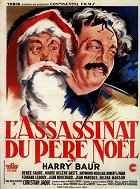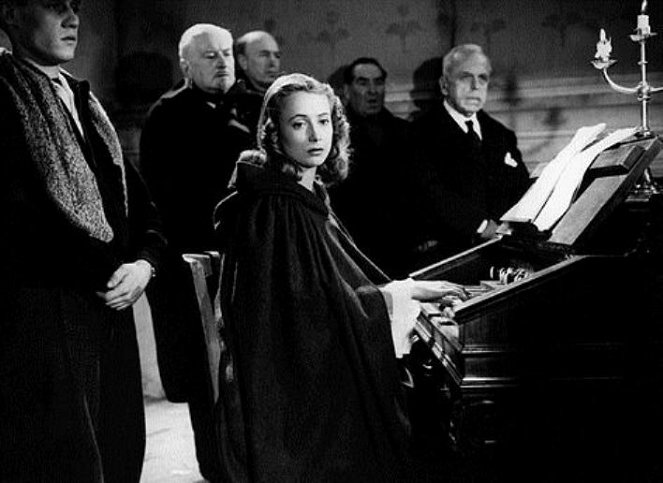Ohjaus:
Christian-JaqueKäsikirjoitus:
Charles SpaakKuvaus:
Armand ThirardNäyttelijät:
Harry Baur, Renée Faure, Raymond Rouleau, Fernand Ledoux, Héléna Manson, Bernard Blier, Lucien Coëdel, Robert Le Vigan, Jean Parédès (lisää)Juonikuvaukset(1)
This was the first film that the Nazis allowed to be made in France after the occupation and installation of the Vichy government. Many denounced its director as a collaborator because he made a film sanctioned by the Nazis. But to the discerning eye, this unusual film does anything but cooperate with the enemy. In its fairy-tale setting, the various characters appear as symbols in a constantly shifting allegory of good and evil. The literal-minded Nazi censors apparently didn't get the message, because any particular character might appear in one scene as a symbol of the collaborators, and in the next as a loyalist and supporter of resistance. Even as the symbolic alignments shifted too rapidly for the Nazis to detect them (much the way resistance fighters themselves often had to) the message of hope and patriotism and faith remained quite clear. The story concerns an old globe-maker who is mysteriously killed while going through the town portraying Pere Noel ("Father Christmas" aka Santa Claus). The unraveling of the mystery is entwined with a love story concerning an aloof nobleman who might be a scoundrel, or might be Prince Charming. But the story is little more than a pretext for the message and the pervasive sense of magic that the film weaves.; Of special note is the performance of Harry Baur, the famous Yiddish actor, as the Globemaker. His subtly Jewish Santa Claus is, in and of itself, a bold act of resistance. This was the next to last film Baur made. He was soon taken prison by the Nazis and reportedly died at the hands of the Gestapo. (jakelijan virallinen teksti)
(lisää)
